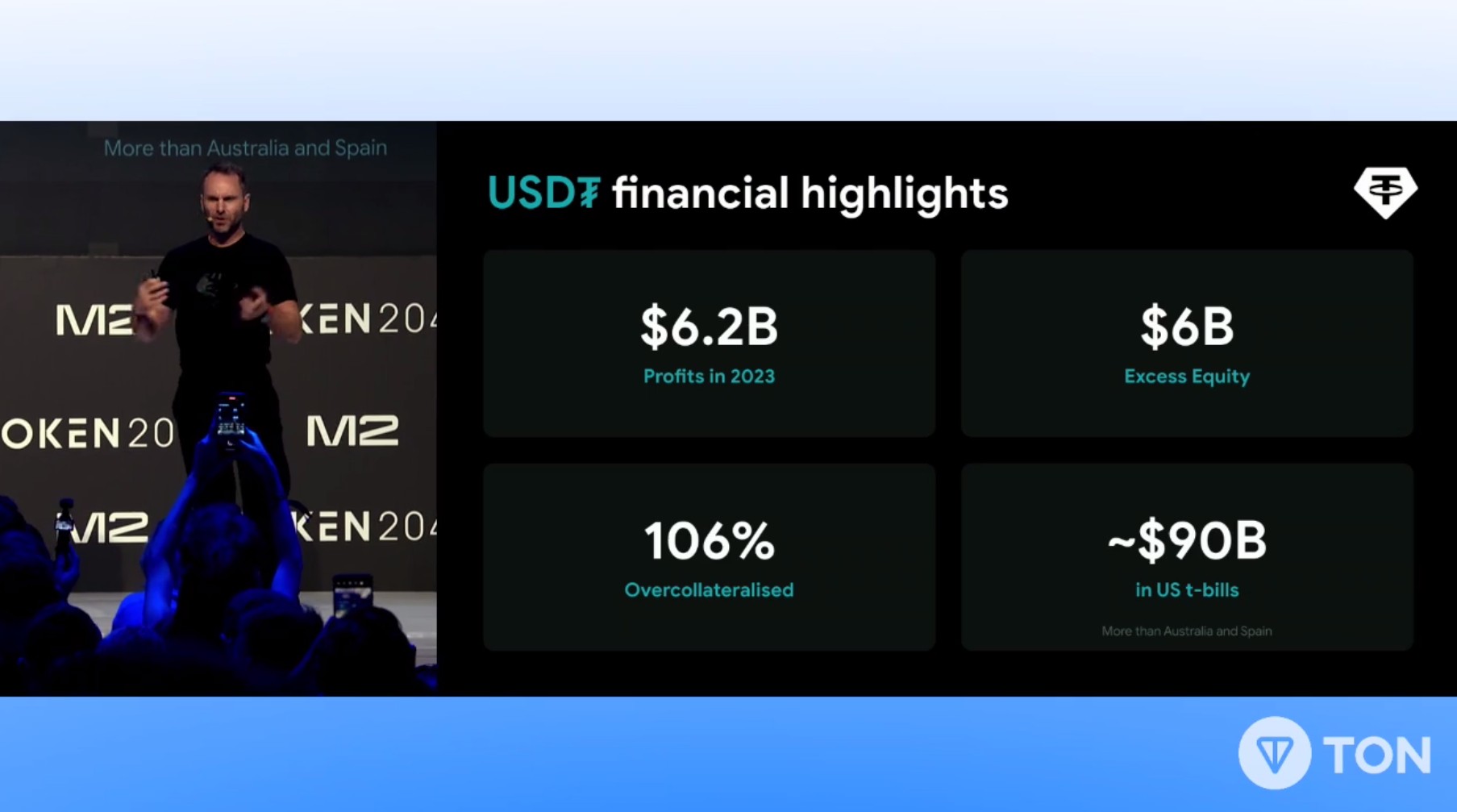The ominous shadows of the 2008 financial crisis still loom large over the U.S. financial system, a chilling reminder of the havoc wreaked by unchecked debt and leverage. Fast forward to the present, and the echoes of the past ring loud with the recent turbulence in the banking sector, including the fall of Silicon Valley Bank. This begs the question: has the U.S. learned anything from its financial misadventures?
Despite the apparent lessons, the U.S. financial landscape remains a battleground where basic principles of safety are still up for debate. This is vividly illustrated by the vehement opposition from U.S. banks against the Federal Reserve’s efforts to implement the Basel III regulations. It’s like watching a rerun of an old movie – banks argue that holding more capital to cover risks will dent their profits and subsequently strangle lending, despite evidence to the contrary. They also contend that stricter regulations would merely shift risk to the less-regulated shadow banking sector. Moreover, they bemoan the complexity of the proposed rules, which, ironically, is partly their own making due to lobbying for various amendments.
Unveiling the Truth Behind Banking Arguments
It’s time to dispel some myths. The movement of risk into the shadow banking system post-2008 isn’t an excuse for lax regulation in formal banking. With public and private debt soaring to near-historic highs, it’s a clarion call for tighter control over shadow banking. What the U.S. financial system needs is a race to the top in regulatory standards, not a descent into laxity.
The most insidious argument, however, is the claim that requiring banks to hold more capital would adversely impact vulnerable groups, such as affecting mortgage lending to minorities. But let’s look at the facts. A significant portion of the mortgage market, including most loans to minority groups, is government-backed and would not be affected by the new rules. Plus, it’s the non-banks, not the big banks, that are more active in lending to these communities, albeit at higher fees – an issue that also demands regulatory attention.
Navigating Through Financial Lobbying and Historical Parallels
This situation isn’t new. Historical parallels can be drawn, such as Citibank’s CEO Walter Wriston’s efforts in the late 1970s to repeal Regulation Q. His coalition, including consumer activists and advocacy groups, sought to aid small-time savers. Although the rollback did increase deposit rates, it opened the door to significant interest rate risks, exemplifying how financial deregulation can have unintended consequences.
Fast forward to today, and we see a similar pattern. Financial institutions are adept at weaving narratives that align with broader social goals to gain support for their deregulatory agendas. The current pressure on the Fed’s vice-chair of supervision, Michael Barr, to dilute capital rules for big banks is a prime example. This alignment of interests between Wall Street and various advocacy groups is not just clever; it’s cunningly strategic.
However, the underlying issue remains. The U.S. financial system has been veering away from simplicity and prudence since the 1970s, a trend that complicates efforts to ensure stability. The irony is that while more credit and less stringent regulations may seem beneficial in the short term, they ultimately do not serve the interests of the average American. As economists Amir Sufi and Atif Mian highlighted in their book “House of Debt,” the approach often ends up benefiting the financial sector at the expense of the most vulnerable.
What the U.S. financial system requires is a return to basics – a shift towards a more straightforward, less risky framework. This doesn’t necessarily mean reverting to regulations from the 1930s, but rather adopting a stance that prioritizes financial stability over complexity.
As we stand at the cusp of potential new economic challenges, it’s imperative to reflect on these lessons. The goal should be to forge a financial system that prioritizes simplicity, transparency, and resilience – attributes that seem to have been lost in the maze of modern financial engineering.





